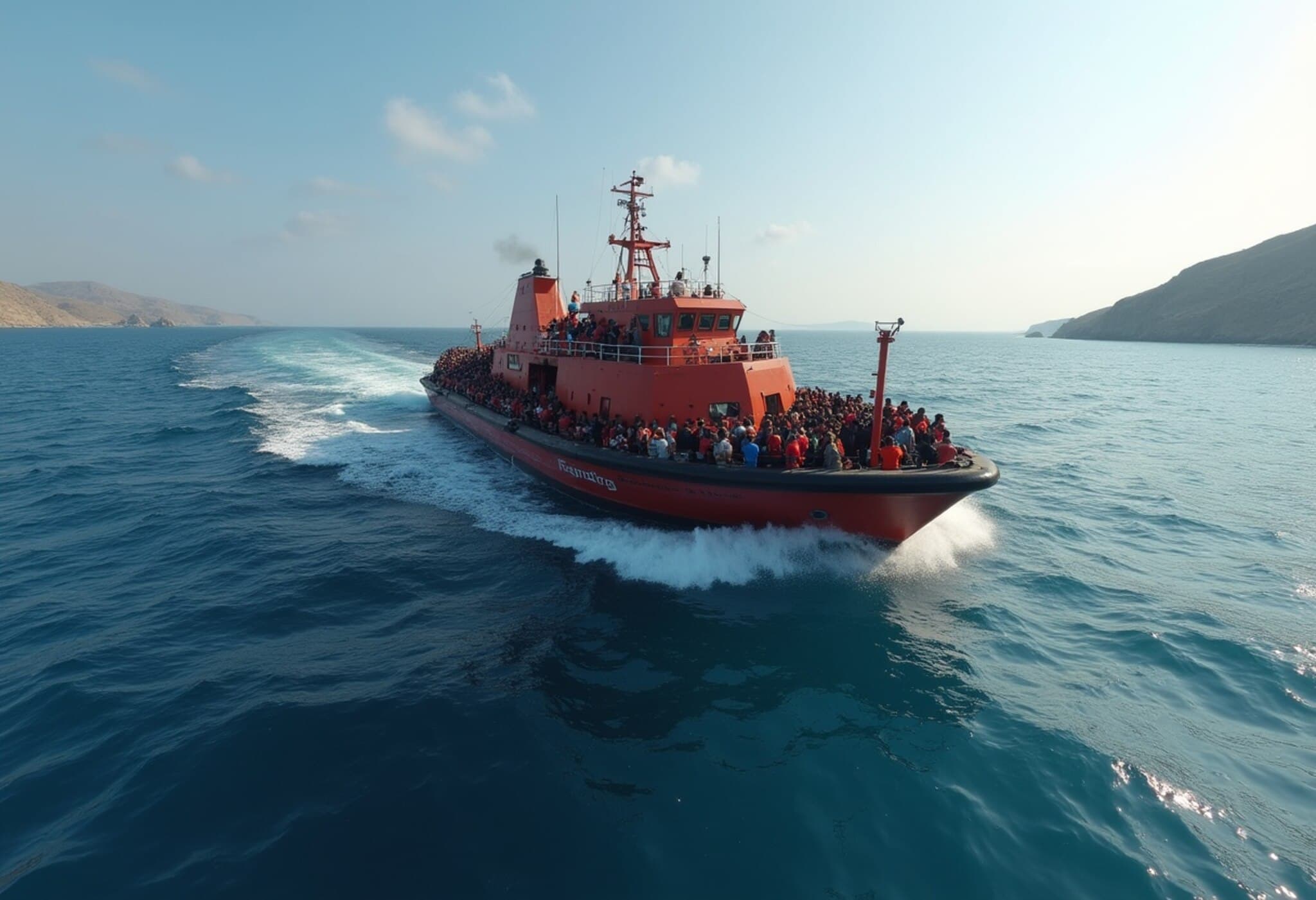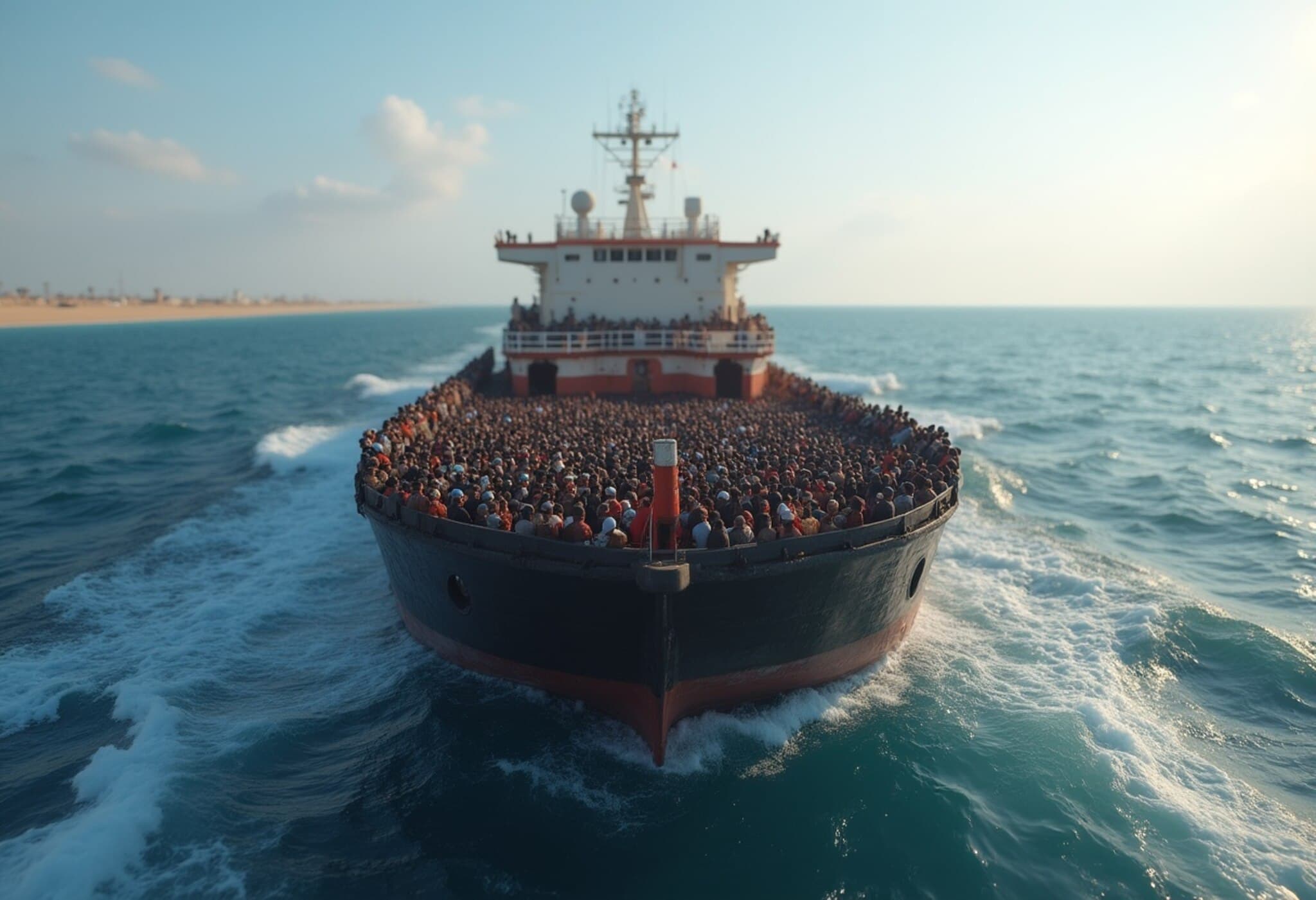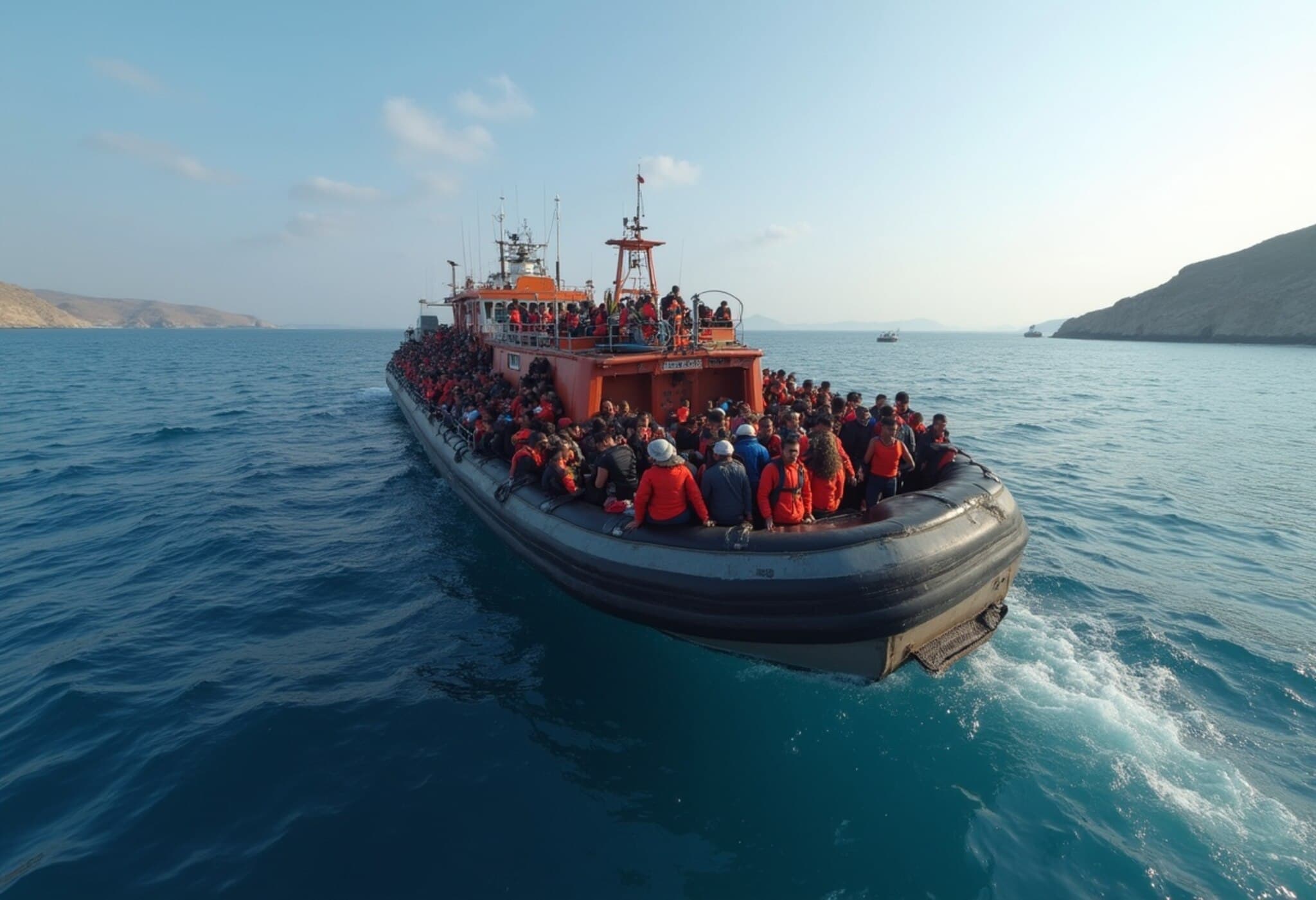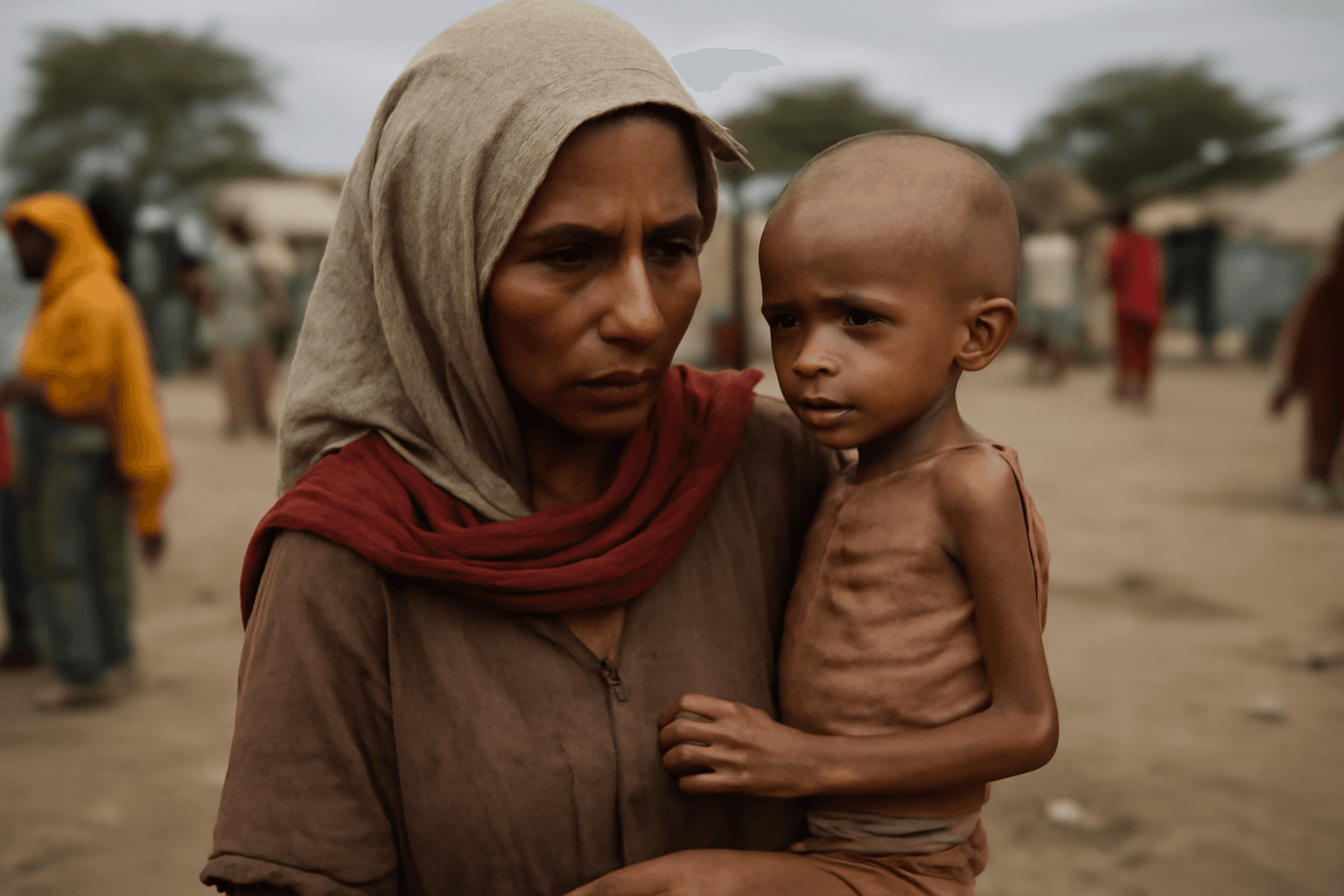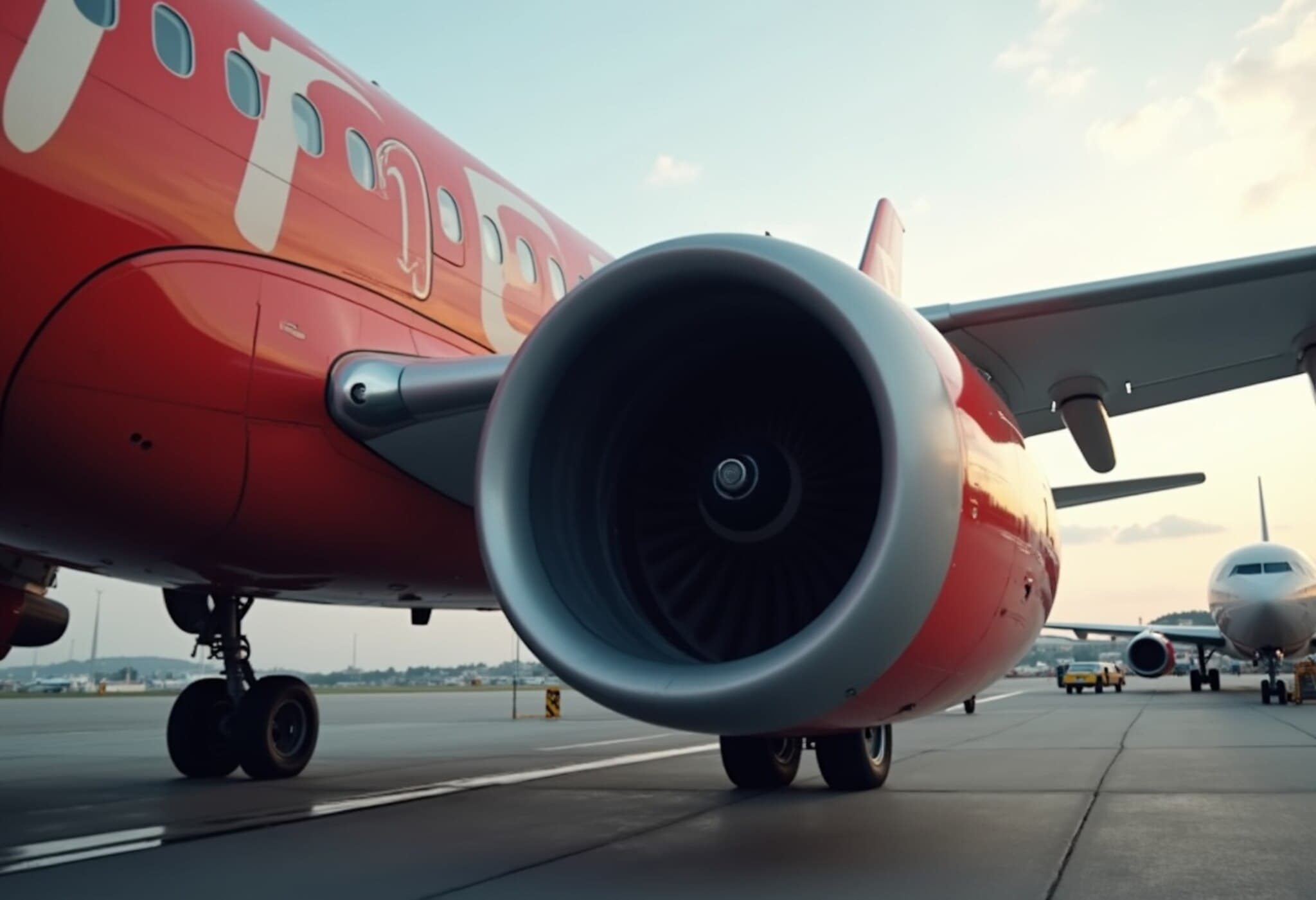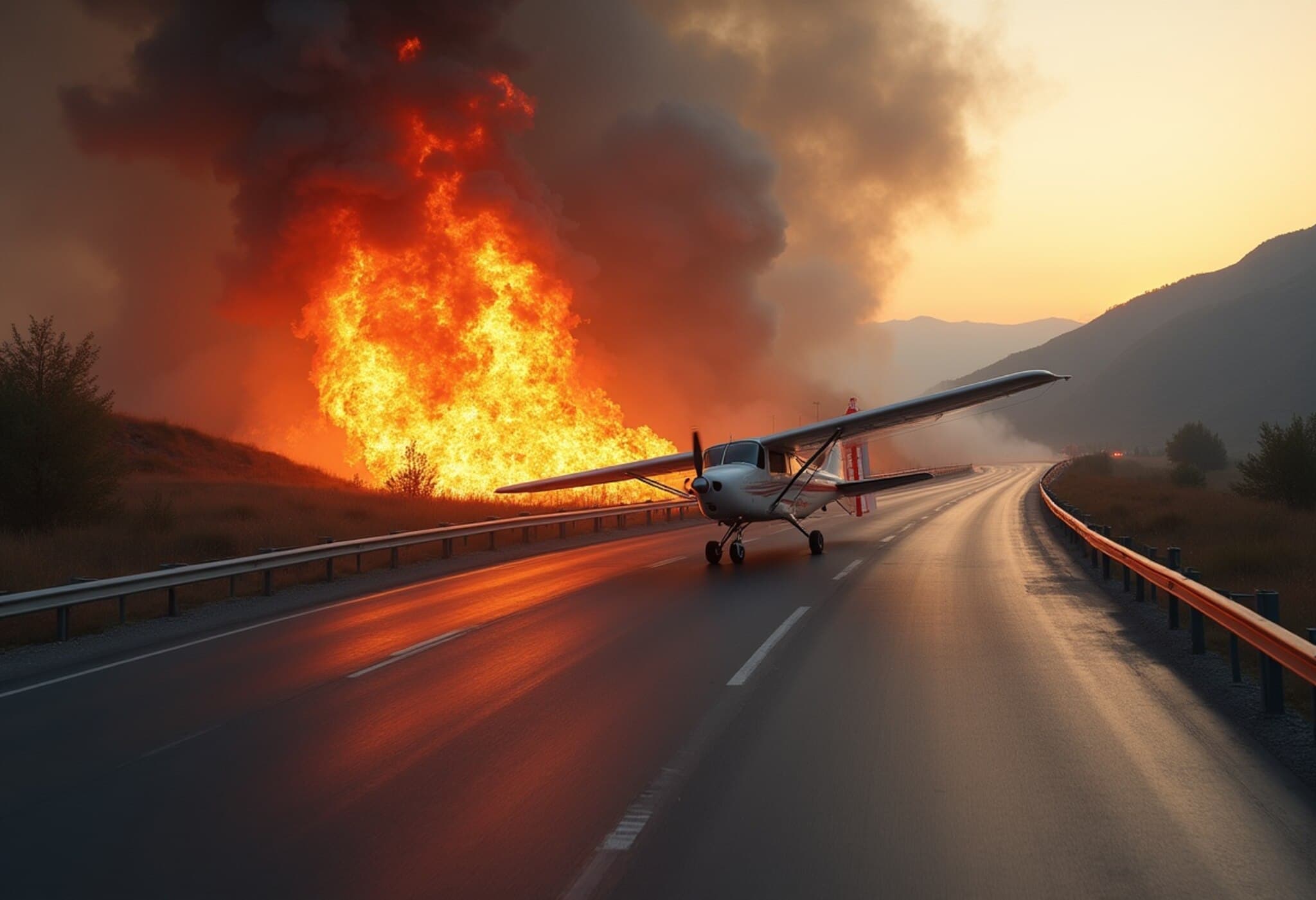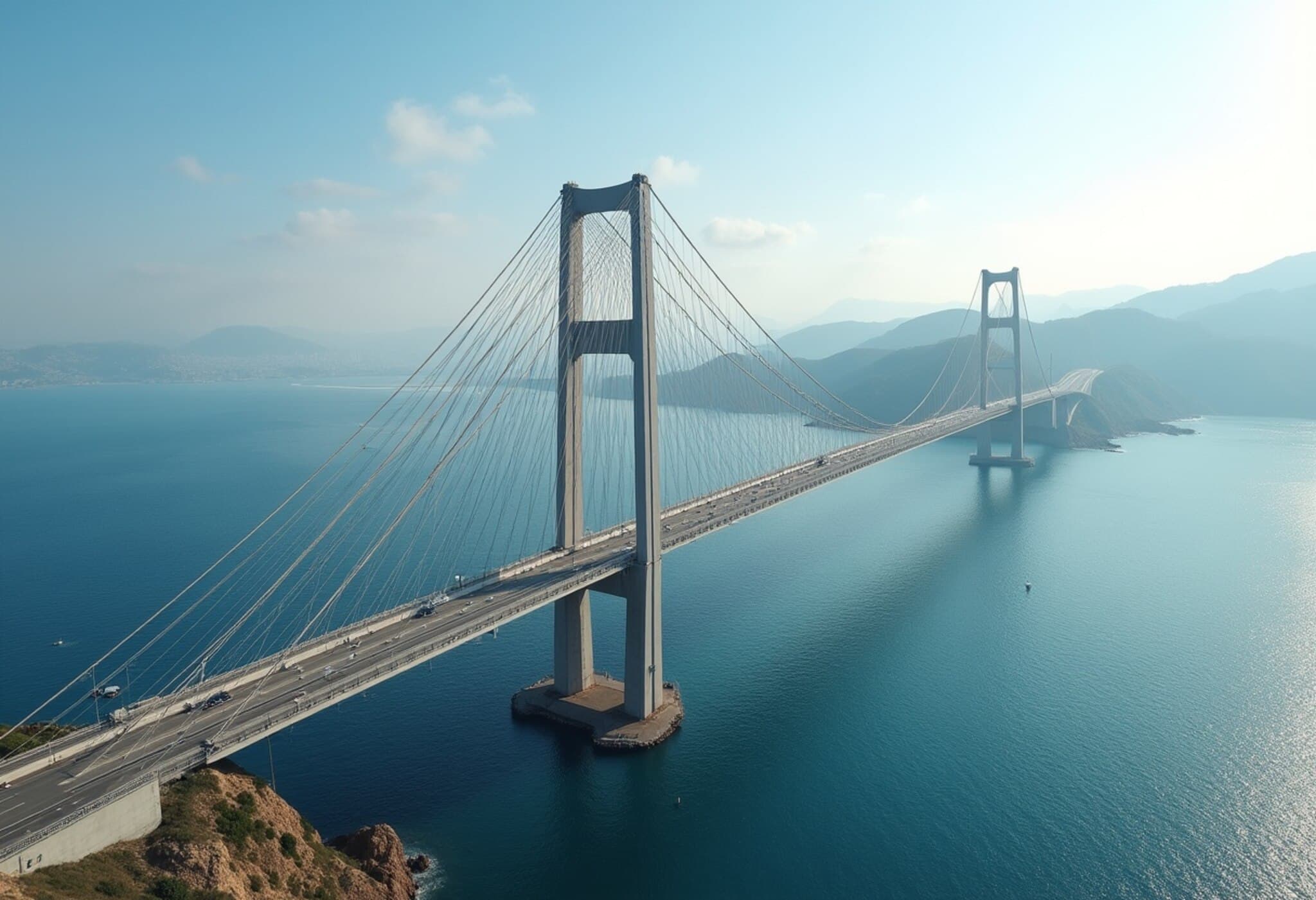At Least 26 Migrants Perish in Dual Shipwrecks Off Italy’s Lampedusa
In a heartbreaking reminder of the perilous journeys migrants undertake to reach Europe, at least 26 people died when two boats capsized off the coast of Lampedusa, Italy, on Wednesday. Approximately 10 others remain missing amidst ongoing search efforts, authorities confirmed. The tragedy unfolded about 14 nautical miles from the island, a common but dangerous entry point into Europe from North Africa.
The Incident and Rescue Operations
Italian coastguard officials reported that a helicopter from Italy’s financial police initially spotted a boat overturned in the water, surrounded by lifeless bodies and survivors clinging to debris. The two vessels had departed earlier that morning from Tripoli, Libya—the main embarkation point for many trying to escape hardship in Africa.
One boat began taking on water, forcing migrants to scramble onto the second vessel, which unfortunately also capsized. Rescue teams managed to save around 60 people, including 56 men and 4 women, who were promptly brought ashore to Lampedusa’s migrant reception center managed by the Italian Red Cross.
Multiple rescue assets were deployed for the search, including five ships, an EU Frontex vessel, a helicopter, and two aircraft.
Human Toll and Broader Context
Among the tragic casualties were vulnerable individuals such as a newborn, three children, and several adults, highlighting the dire risks faced by families making this hazardous crossing. Flavio Di Giacomo, spokesperson for the International Organization for Migration (IOM), estimated approximately 95 people were aboard the two boats, placing the total feared dead or missing at around 35.
Lampedusa: Gateway to Europe and Epicenter of Migration Crisis
Just 90 miles from Tunisia, Lampedusa stands as a frontline in Europe’s ongoing struggle with irregular migration. The island has witnessed thousands risking their lives on overcrowded, often unseaworthy vessels, hoping for a new start. Over the past decade, Italian authorities have attempted, with varying degrees of success, to intercept and manage these flows before boats reach European shores.
Government Response and Policy Implications
Italian Prime Minister Giorgia Meloni expressed solemn condolences and underscored renewed governmental efforts to combat human trafficking networks responsible for such tragedies. Since taking office in 2022, her administration—a hard-right coalition—has emphasized tightening borders and forging partnerships with North African nations to reduce departures through funding and training programs.
“When a tragedy like today’s occurs, the inhumane cynicism of traffickers organizing these deadly journeys becomes painfully clear,” Meloni remarked. She stressed that enhanced rescue operations, while necessary, are insufficient without addressing the root causes through coordinated migration management and prevention of irregular departures.
Migration Statistics and Urgent Challenges
- 675 migrants have died this year along the central Mediterranean route, per UNHCR data.
- About 38,263 migrants have arrived in Italy so far in 2025, a figure comparable to last year but significantly lower than 2023’s nearly 100,000 arrivals by mid-August.
Despite these efforts, the central Mediterranean crossing remains the globe’s deadliest migration route, with boat sinkings and drownings tragically common. The complex political, economic, and humanitarian factors driving migration continue to challenge European and North African policymakers alike.
Expert Insight: Toward Sustainable Solutions
Experts note that focusing solely on border enforcement or rescue missions misses the broader picture. “Addressing this crisis requires multifaceted strategies, including investment in origin countries, safe legal pathways, and comprehensive integration policies,” explains Dr. Maria Greco, a migration policy analyst based in Rome. “Otherwise, desperation pushes vulnerable people into the hands of exploitative traffickers.”
The tragedy off Lampedusa serves as a stark call for renewed international cooperation to protect human rights while managing migration flows realistically and compassionately.
Editor’s Note
This devastating double shipwreck exposes the ongoing humanitarian crisis festering in Europe’s southern waters. While headline numbers capture attention, every statistic represents human lives — mothers, children, newborns — lost in pursuit of safety and hope. As policies evolve, readers should consider how global inequalities and geopolitical tensions fuel this migration and the role shared responsibility must play. How can Europe balance securing borders with upholding human dignity? And what more can be done to dismantle the ruthless trafficking networks profiting from these tragedies?

